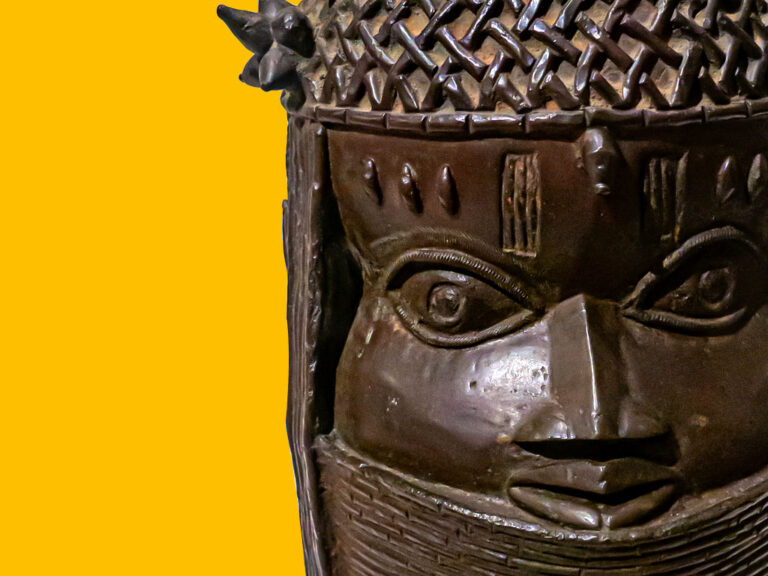Residents of Camorim, Rio de Janeiro’s oldest “quilombo” or community descended from escaped enslaved people, danced and chanted when welcoming King Tchongolola Tchongonga Ekuikui VI of the Bailundo kingdom in Angola. This historic visit is part of the monarch’s three-week trip to Brazil, where many residents of Camorim trace their ancestry to runaway enslaved people. The visit aimed to strengthen cultural ties between the Afro-descendant communities in Brazil and their roots in Angola.
King Ekuikui VI, donned in a traditional black-and-white robe and hat featuring his kingdom’s emblematic eagle, addressed the crowd, expressing the significance of their connection.
“Our presence here is to say to Afro-descendants, to our brothers, here in Brazil and especially in this quilombo, that we are here as roots that are alive, roots that keep this ancestry, roots that maintain our habits and customs,” he shared with the AP.
Camorim, dating back to 1614, stands as a testament to the endurance of the quilombo tradition. Today, nearly 100 people reside there, preserving their traditional religion and medicinal plants. King Ekuikui VI’s visit underscored the historical and cultural bonds that persist across oceans.
The monarch’s trip included a visit to Rio’s Valongo Wharf, a UNESCO world heritage site where as many as 900,000 enslaved people made landfall after crossing the Atlantic Ocean. This site holds immense historical significance, recognized by the international organization as “the most important physical trace of the arrival of African slaves on the American continent.”
The Trans-Atlantic Slave Trade Database notes that of the 10.5 million Africans captured, over a third disembarked in Brazil. Some experts suggest even higher numbers, estimating that up to 5 million Africans landed in the country. Brazil, as the last country in the Western Hemisphere to abolish slavery in 1888, has since seen the persistence of communities of formerly enslaved people, until a new constitution recognized rights on land they occupied a century later.
The most recent census in 2022 identified quilombos in almost 1,700 municipalities in Brazil, home to 1.3 million people, comprising about 0.6% of the country’s population. These communities, rooted in a complex history, continue to play a vital role in preserving cultural heritage.
Resident Rosilane Almeida shared her anticipation of learning how her community’s culture compares to that of their root country. During the visit, she and others showcased Camorim’s archaeological site, where centuries-old ceramics are still being excavated, and its garden of medicinal plants.
King Ekuikui VI’s words resonated with the community: “I look to the south, I look to the north, and at the end of the day, we are not lost. We are here, and there are a lot of people who look majestic.”
This visit serves as a poignant chapter in the ongoing narrative of cultural resilience and interconnectedness between African roots and Afro-descendant communities in Brazil.














